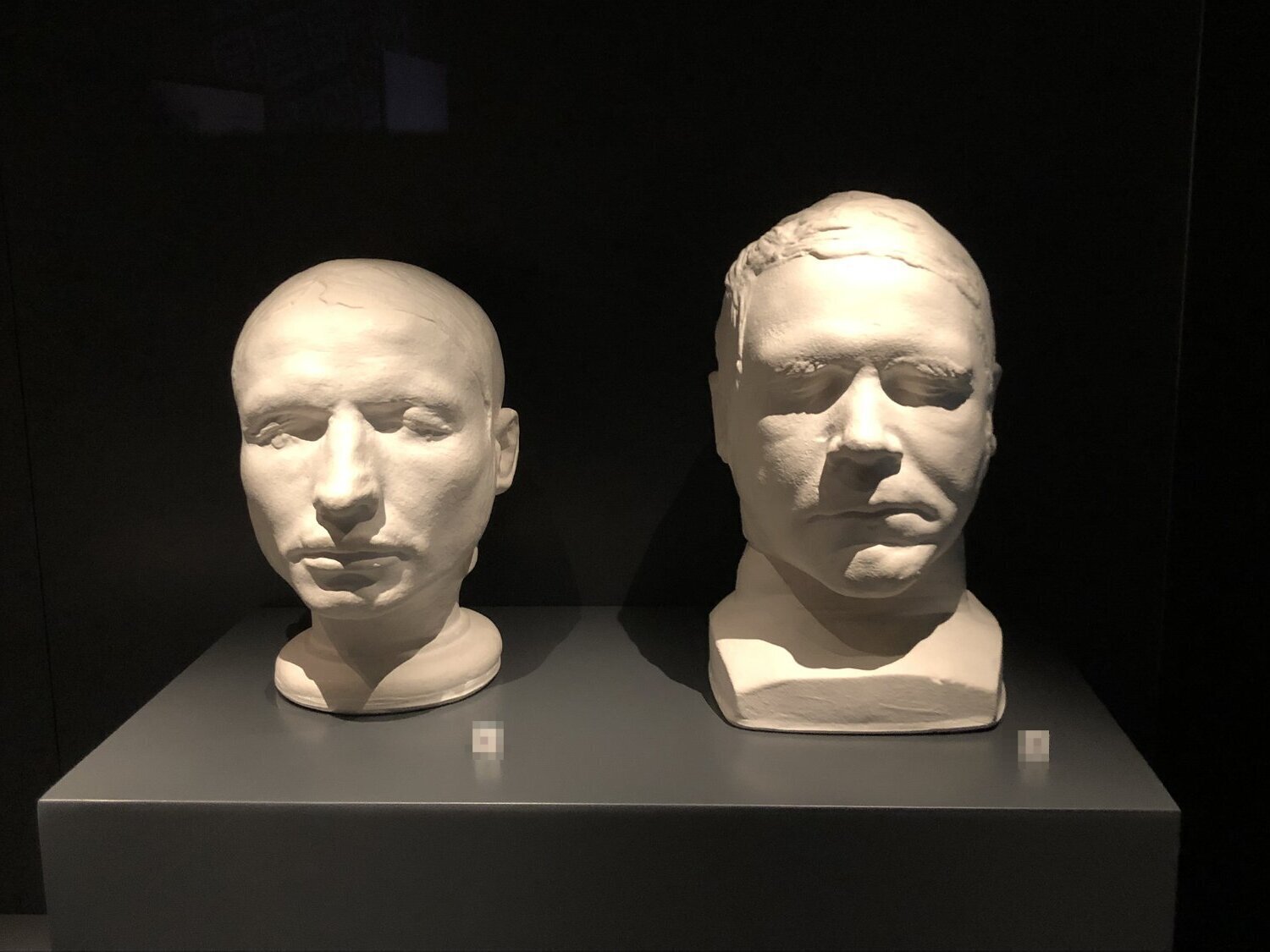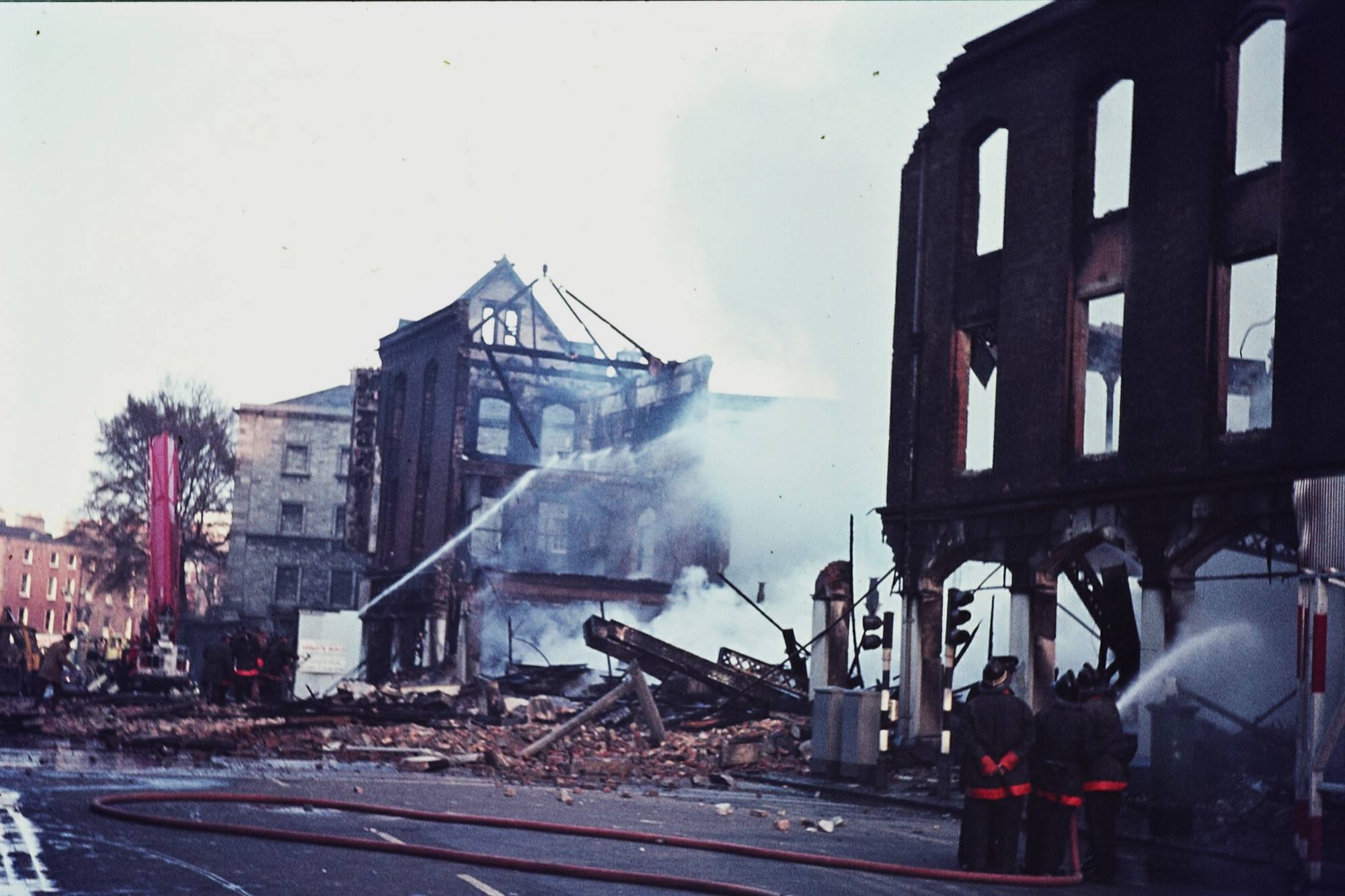
Who were Burke and Hare? These two names might sound like a law firm, but they were actually infamous criminals in 19th-century Scotland. Burke and Hare were notorious for their gruesome activities in Edinburgh, where they supplied bodies to medical schools. But here's the twist—they didn't just dig up graves. They turned to murder to meet the high demand for fresh cadavers. Their story is a chilling mix of greed, betrayal, and macabre ingenuity. Why did they do it? Simply put, money. The medical community paid handsomely for bodies, and Burke and Hare saw an opportunity. How did they get caught? A careless mistake led to their downfall, but not before they left a dark mark on history. Ready to learn more about these grim figures? Let's dive into 34 spine-tingling facts about Burke and Hare.
Key Takeaways:
- Burke and Hare were Irish immigrants who turned to murder for profit in 19th century Scotland. Their crimes led to changes in medical laws and continue to fascinate people today.
- The duo's chilling story of grave robbing and murder inspired books, films, and even a law change. Their dark legacy serves as a cautionary tale about the consequences of greed.
Burke and Hare: The Infamous Duo
Burke and Hare are names that have become synonymous with grave robbing and murder. Their story is both chilling and fascinating, filled with dark deeds and macabre details.
-
William Burke and William Hare were Irish immigrants who moved to Scotland in the early 19th century. They met in Edinburgh, where they would later commit their crimes.
-
The duo's criminal activities began in 1827. Initially, they started as grave robbers, exhuming bodies to sell to medical schools for anatomical study.
-
They soon realized that fresh bodies fetched higher prices. This led them to commit murders instead of waiting for people to die naturally.
-
Their first victim was a sick tenant in Hare's lodging house. They smothered him and sold his body to Dr. Robert Knox, a prominent anatomist.
-
Dr. Robert Knox was a well-known figure in Edinburgh. He never questioned the source of the bodies, making him an unwitting accomplice.
-
Burke and Hare's method of killing was unique. They would suffocate their victims by covering their mouths and noses, a technique that left no visible marks.
-
The term "Burking" was coined from their method. It refers to the act of smothering someone to death, a grim legacy of their crimes.
-
They murdered at least 16 people between 1827 and 1828. Their victims were often vulnerable individuals, such as the homeless and elderly.
-
Margaret Laird, an elderly woman, was one of their victims. She was killed and sold to Dr. Knox for dissection.
-
Their crimes were eventually discovered. Suspicion arose when they sold the body of a well-known local woman, Mary Docherty.
-
Mary Docherty's body was found hidden in Burke's house. This discovery led to their arrest and subsequent trial.
-
Burke and Hare were arrested in November 1828. The trial attracted massive public attention due to the gruesome nature of their crimes.
-
Hare turned King's evidence. In exchange for immunity, he testified against Burke, providing detailed accounts of their murders.
-
Burke was found guilty of murder. He was sentenced to death by hanging, a punishment carried out in January 1829.
-
Burke's execution was a public spectacle. Thousands of people gathered to witness his hanging, reflecting the public's outrage.
-
After his execution, Burke's body was dissected. Ironically, his remains were used for anatomical study, just like his victims.
-
Hare's fate remains uncertain. After his release, he disappeared, and his later life is shrouded in mystery.
-
The Burke and Hare murders led to changes in medical laws. The Anatomy Act of 1832 was passed to regulate the supply of bodies for medical research.
-
Their story has inspired numerous works of fiction. Books, plays, and films have been created based on their gruesome tale.
-
Robert Louis Stevenson wrote a short story inspired by them. "The Body Snatcher" is a chilling tale that draws from their crimes.
-
The Burke and Hare murders are often cited in discussions of medical ethics. Their story highlights the dark side of medical advancements in the 19th century.
-
Edinburgh's Surgeons' Hall Museums display artifacts related to the case. Visitors can see Burke's death mask and other macabre items.
-
A popular myth is that Burke's skeleton is on display. In reality, only his death mask and a book bound in his skin are exhibited.
-
The phrase "Burke and Hare" has entered popular culture. It is often used to refer to body snatchers or grave robbers.
-
Their crimes have been the subject of many documentaries. These films explore the historical context and impact of their actions.
-
The Burke and Hare murders are a reminder of the past. They show how desperation and greed can lead to horrific acts.
-
Their story is a part of Edinburgh's dark history. The city is known for its rich history, but also for its tales of crime and punishment.
-
Burke and Hare's legacy lives on in popular culture. Their story continues to fascinate and horrify people around the world.
-
The Anatomy Act of 1832 was a direct result of their crimes. It allowed for the legal donation of bodies to medical schools, reducing the need for grave robbing.
-
Their method of killing was almost undetectable. This made it difficult for authorities to catch them initially.
-
Burke and Hare's story has been adapted into several films. These movies often take creative liberties but are based on their true crimes.
-
Their crimes were not unique to Edinburgh. Body snatching was a common practice in many cities during the 19th century.
-
The public's fascination with their story has not waned. Books and articles continue to be written about their lives and crimes.
-
Burke and Hare's tale is a cautionary one. It serves as a grim reminder of the lengths people will go to for money and the importance of ethical practices in medicine.
Final Glimpse at Burke and Hare
Burke and Hare's story is a chilling reminder of how greed can lead to horrifying actions. Their gruesome acts in 19th-century Edinburgh left a dark mark on history. These two men, driven by profit, resorted to murder to supply bodies for medical research. Their tale isn't just about crime but also about the desperate need for cadavers in medical schools back then.
The aftermath of their capture led to significant changes in laws regarding body donation and medical research. This ensured that such atrocities wouldn't happen again. Their legacy, though grim, played a role in shaping modern medical ethics and practices.
Remembering Burke and Hare serves as a cautionary tale about the lengths some will go for money and the importance of ethical standards in science and medicine. Their story remains a haunting chapter in history.
Frequently Asked Questions
Was this page helpful?
Our commitment to delivering trustworthy and engaging content is at the heart of what we do. Each fact on our site is contributed by real users like you, bringing a wealth of diverse insights and information. To ensure the highest standards of accuracy and reliability, our dedicated editors meticulously review each submission. This process guarantees that the facts we share are not only fascinating but also credible. Trust in our commitment to quality and authenticity as you explore and learn with us.


